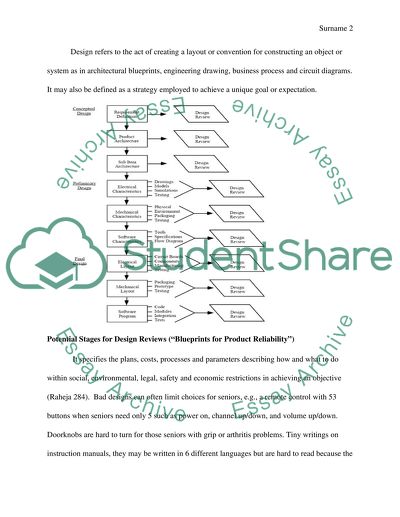Cite this document
(“Product Reliability Essay Example | Topics and Well Written Essays - 2000 words”, n.d.)
Product Reliability Essay Example | Topics and Well Written Essays - 2000 words. Retrieved from https://studentshare.org/engineering-and-construction/1463431-writer-s-choice
Product Reliability Essay Example | Topics and Well Written Essays - 2000 words. Retrieved from https://studentshare.org/engineering-and-construction/1463431-writer-s-choice
(Product Reliability Essay Example | Topics and Well Written Essays - 2000 Words)
Product Reliability Essay Example | Topics and Well Written Essays - 2000 Words. https://studentshare.org/engineering-and-construction/1463431-writer-s-choice.
Product Reliability Essay Example | Topics and Well Written Essays - 2000 Words. https://studentshare.org/engineering-and-construction/1463431-writer-s-choice.
“Product Reliability Essay Example | Topics and Well Written Essays - 2000 Words”, n.d. https://studentshare.org/engineering-and-construction/1463431-writer-s-choice.


